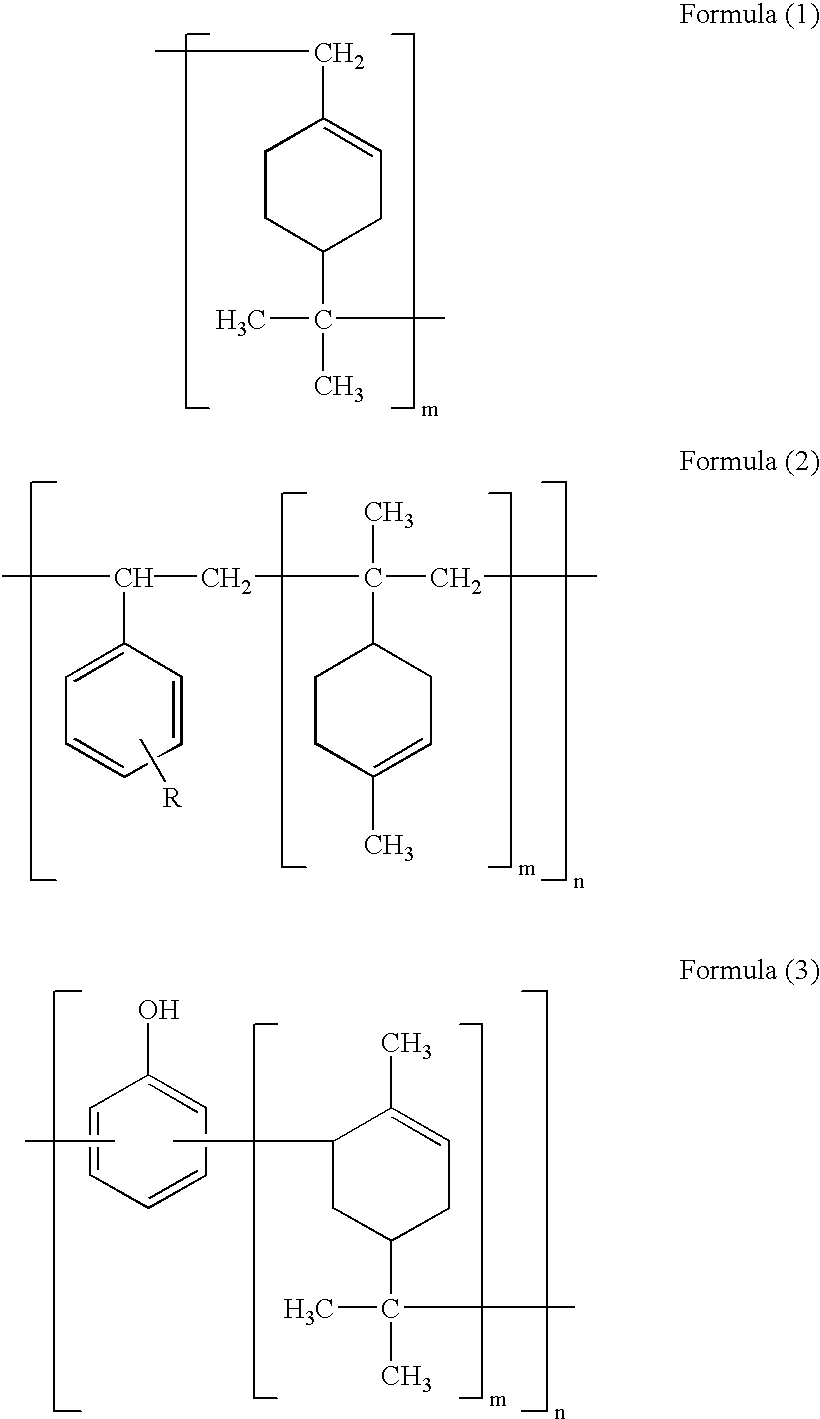Golf ball
- Summary
- Abstract
- Description
- Claims
- Application Information
AI Technical Summary
Benefits of technology
Problems solved by technology
Method used
Image
Examples
examples 1-4
Comparative Examples 1-4
Golf balls were manufactured through the following processes (1) to (3) as Examples and Comparative Examples.
(1) Production of Solid Core
A rubber composition having the components shown in Table 1 was prepared. The rubber composition was fed to a mold to fill it and then molded through vulcanization. A resultant product was a spherical solid core having a diameter of 39.0 mm. The vulcanization was done at 165.degree. C. for 20 minutes as shown with Table 1. The amount of deformation of the solid core when loads of 10 to 30 kg were applied thereto (deformation generated when loads were applied starting from an initial load of 10 kg and ending with a final load of 30 kg) was 0.9 mm. The amounts of the mixed components are indicated by parts by weight.
(2) Preparation of Cover Composition
Materials shown in Table 2 were mixed at the ratio shown therein by a two shaft extruder of kneading type to prepare a pellet-shaped cover composition. The amounts of mixed mater...
PUM
 Login to View More
Login to View More Abstract
Description
Claims
Application Information
 Login to View More
Login to View More - R&D
- Intellectual Property
- Life Sciences
- Materials
- Tech Scout
- Unparalleled Data Quality
- Higher Quality Content
- 60% Fewer Hallucinations
Browse by: Latest US Patents, China's latest patents, Technical Efficacy Thesaurus, Application Domain, Technology Topic, Popular Technical Reports.
© 2025 PatSnap. All rights reserved.Legal|Privacy policy|Modern Slavery Act Transparency Statement|Sitemap|About US| Contact US: help@patsnap.com

